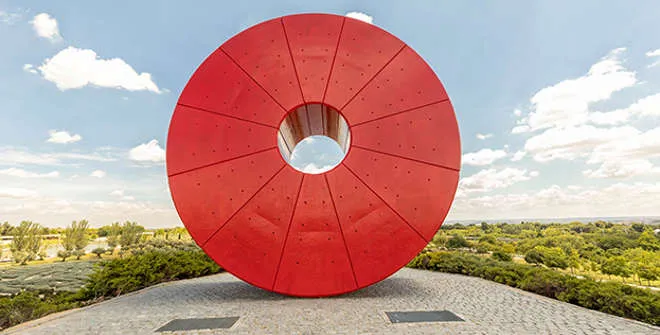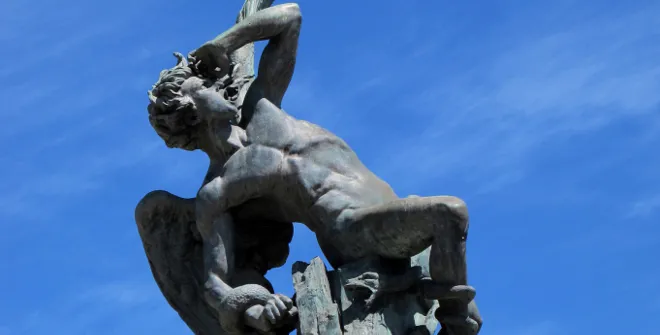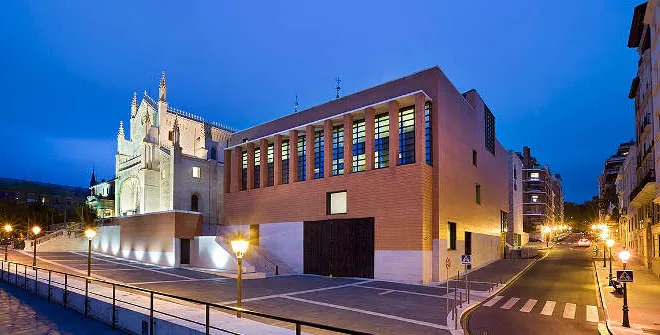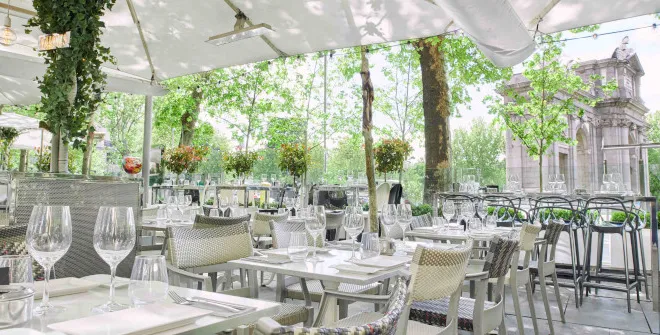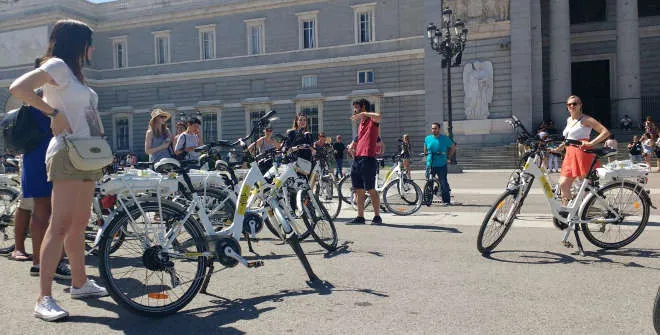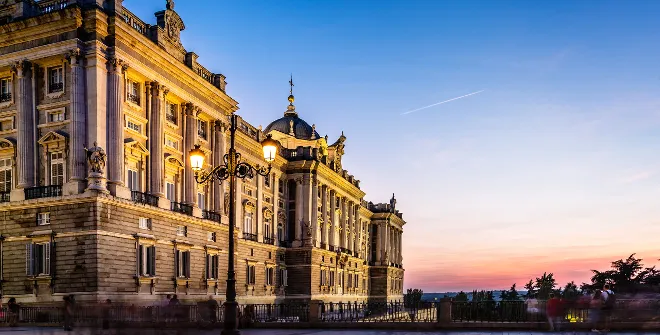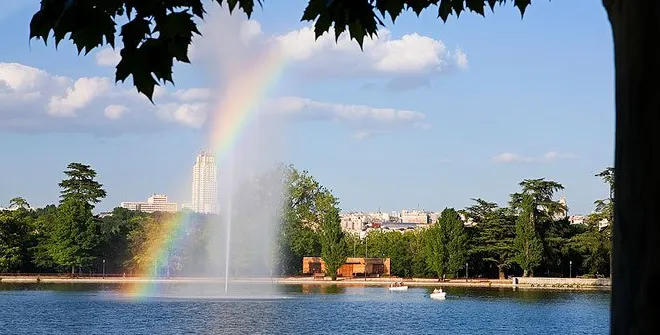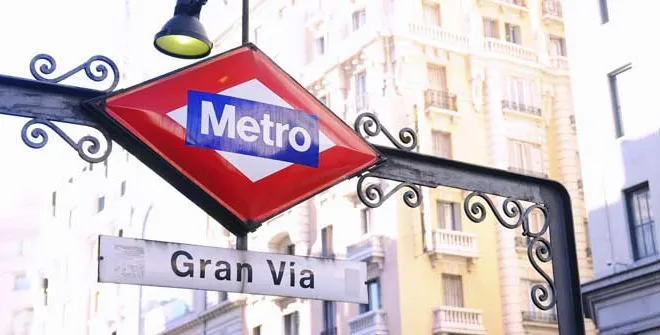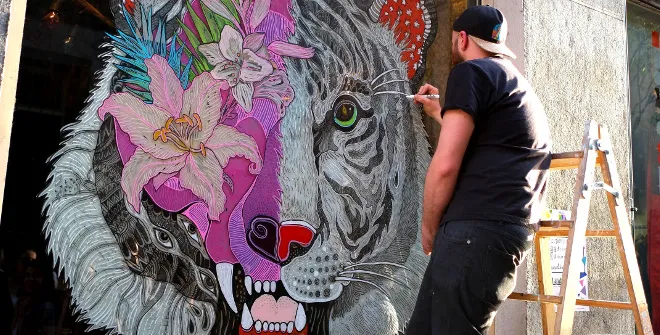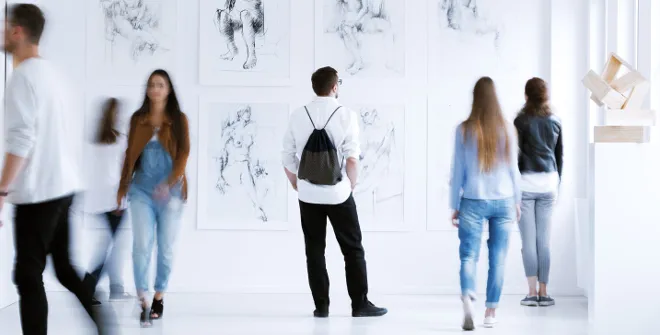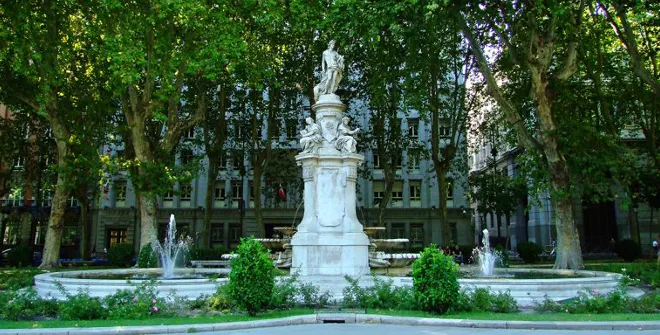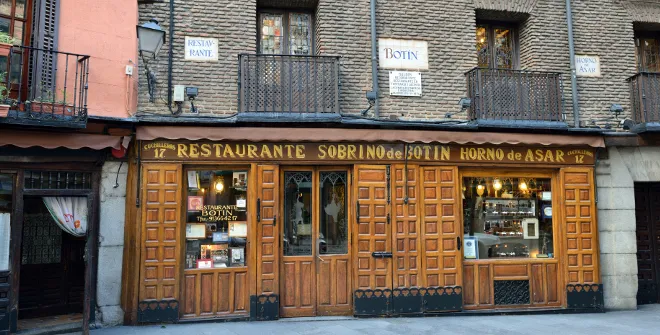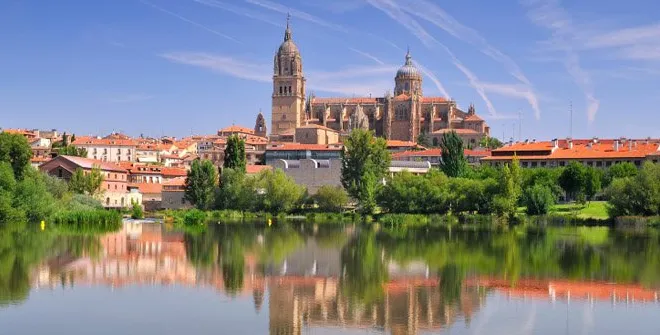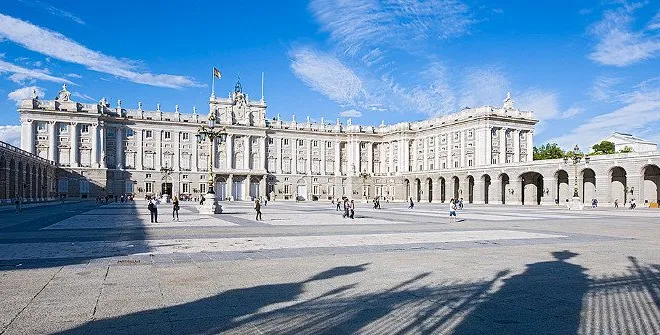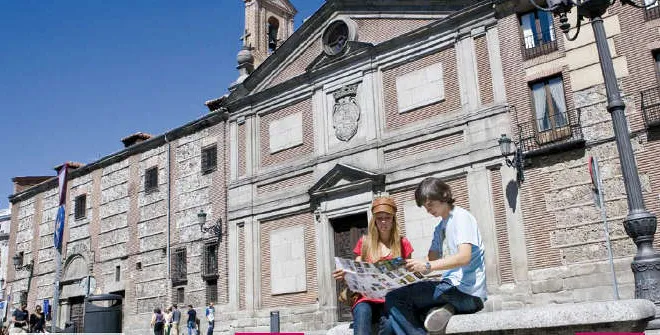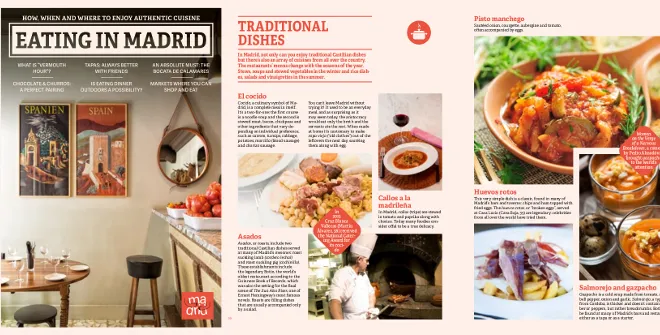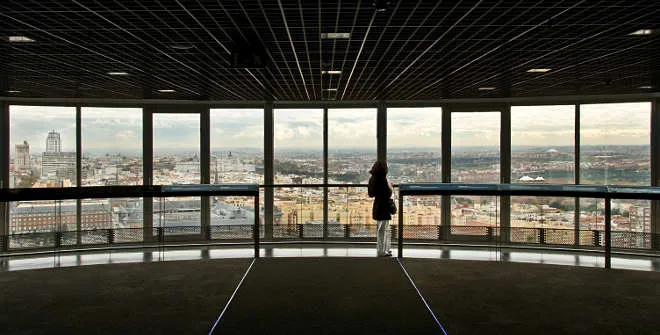Travelling without leaving Madrid
Let’s take a trip around Madrid to discover corners and monuments that will take our imagination to other worlds. There’s no need to book a ticket. Let’s go! By Silvia Roba
Heading for EGYPT
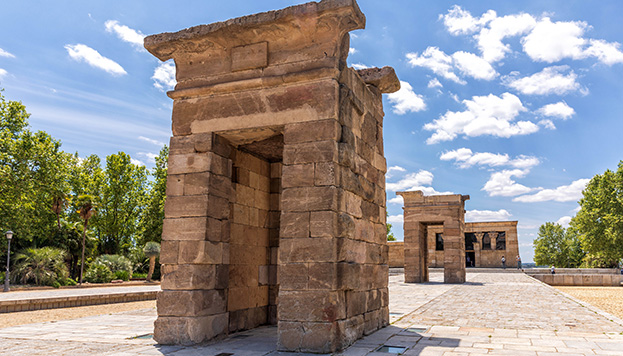
The oldest monument in Madrid can be found next to the Parque del Oeste (Oeste Park), standing on a hilltop. The Temple of Debod is what it seems: an Egyptian temple, which was erected in the Nubia region in the 2nd century B.C. But, what is it doing here? The answer is quite simple: it was given to the Spanish Government by Egypt in 1968 in return for help received following the international call by UNESCO to save the Abu Simbel temple, which was in danger of disappearing due to the construction of the Aswan Dam. It was brought to Madrid stone by stone, where it was rebuilt and positioned so that it would be facing the same direction as in its place of origin, from east to west. Sunsets seen from the vantage point just behind it are some of the city’s most beautiful ones.
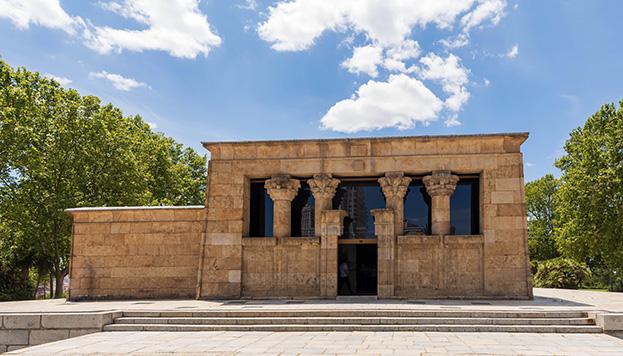
Although it was built here in Madrid, El Retiro Park has an Egyptian Fountain on one side of the lake. It dates back to 1850, a time when our extensive green space was to be turned into a picturesque place, in line with the romantic tastes at that time.
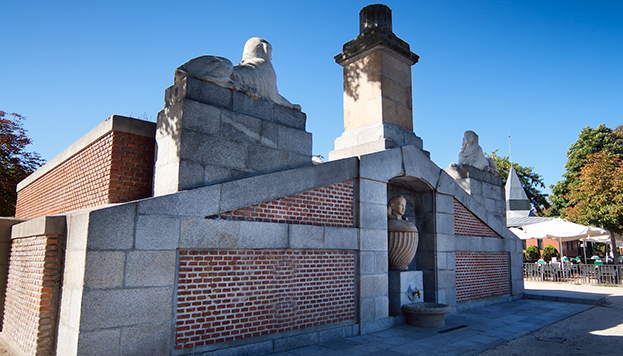
We can learn a lot about Egypt and other countries from Casa Árabe, which is located in the former Aguirre Schools, a Neo-Mudejar building built out of brick next to El Retiro Park. The institution aims to spread the Arabic culture through exhibitions, conferences, concerts and other activities.

Memories of NEW YORK
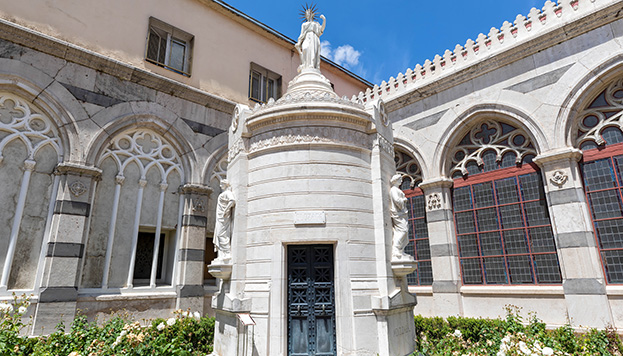
Although he has gone down in the history of Madrid for creating the lions at Congress of Deputies -and for giving his name to the most gastronomic street in Chamberí-, Ponciano Ponzano is also responsible for our city having its very own Statue of Liberty, but… it is older than the one in New York! Sculpted in Carrara marble, our sculptor designed it in 1853, 26 years before Frédéric Auguste Bartholdi made his, which the French Government gave to the United States to mark the centenary of its independence. An interesting fact: the one in Madrid is smaller. It measures two metres compared to the 46 metres of the one in Manhattan.
To contemplate it in all of its splendour, you must visit the Pantheon of Illustrious Men, which was built in the Neo-Byzantine style at the end of the 19th century to hold the mortal remains of all those who were considered to be particularly relevant in the evolution of our country.

An ENGLISH Cemetery
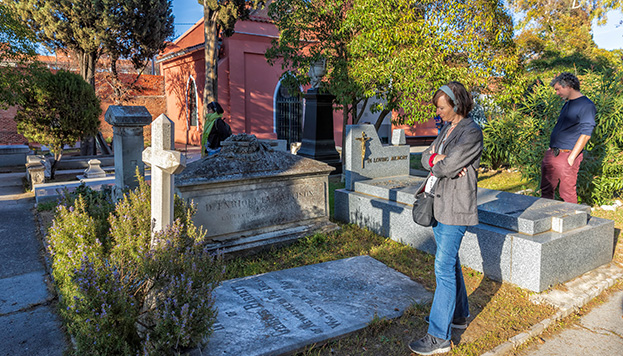
We have to go to Carabanchel to discover such a special cemetery The British Cemetery was built in 1854 to bury all those English who could not be buried in Catholic cemeteries as they belonged to a different denomination. Over time, it opened up to other beliefs.

Open to the public on Tuesdays, Thursdays and Saturdays (except public holidays) from 10.30am to 1pm, this is a really special place, with around 600 graves including those of some important characters in the history of our city. One of them is William Parish, Director of the Circo Price from 1880 to 1916 and son-in-law of its founder, Thomas Price, an Irish horse trainer, belonging to a dynasty of acrobats.
All Over MEXICO
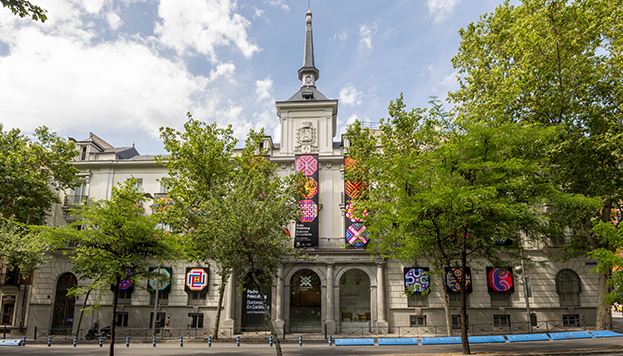
The easiest way to travel to the Aztec country is by entering Casa de México, a place to discover and exchange knowledge through conferences, debates, workshops, films and exhibitions. In the mansion where it is located, in Calle de Alberto Aguilera, there is also room for gastronomy. At its Puntarena restaurant, we can try sea-bass ceviche, sweetcorn, lime and chilli pepper, wild boar mezcal with herbs, octopus…
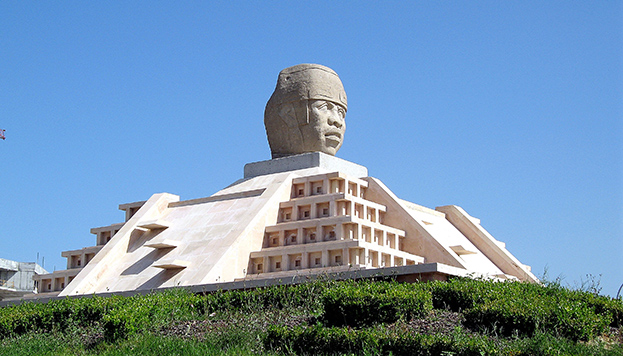
However, much earlier than this cultural centre opened its doors, Madrid had fallen for the charms of this country and its culture. There is a stroll through Mexico in El Retiro Park, a sculpture in honour of the composer Agustín Lara, author of the famous schottische, Madrid, in Lavapiés and another in honour of the writer, Sor Juana Inés de la Cruz in the Parque del Oeste (Oeste Park)… and there is still a special corner: the Mexico Space, in the Juan Carlos I Park, a spectacular red sculpture in the shape of a circle, or of doughnuts if you prefer, which was also a gift, in this case from Mexico City, to mark the celebration of Madrid as European Capital of Culture in 1992. It is one of 19 pieces that makes up the so-called Path of Sculptures, a didactic route through the entire area so that visitors can understand the ties between Art and Nature.
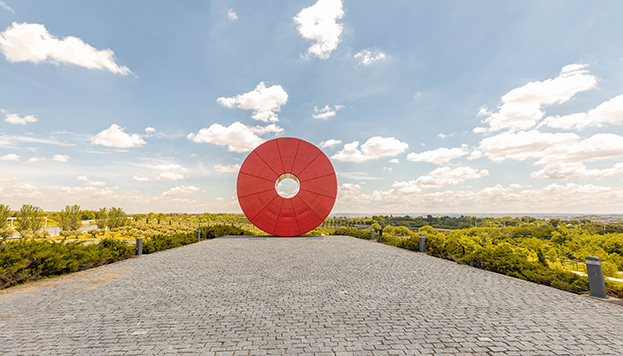
However, if you are interested in art, you should not miss a visit to the Museum of the Americas, with a collection of 25,000 pieces, including some very important Pre-Columbian, ethnographic and vice-regal works.
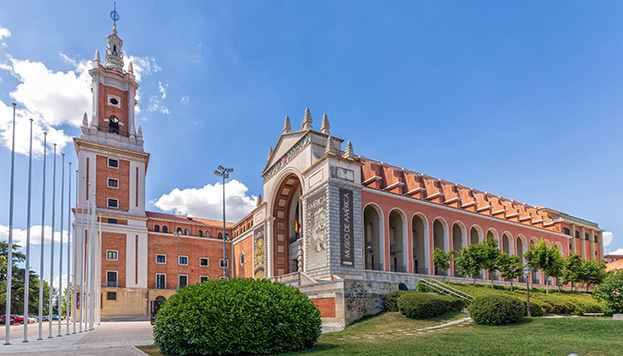
BERLIN so close
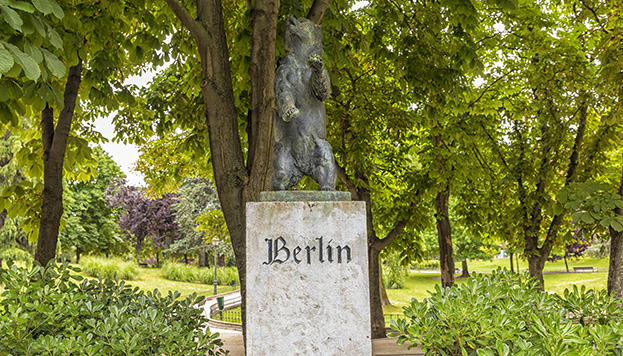
Berlin and Madrid share a very special symbol: the bear, an animal which has a sculpture dedicated to it in the Berlin Park, which opened in 1967 in the Chamartín district. However, the monument that undoubtedly attracts the most attention in the park is the fountain, practically a pond, which has three concrete panels that used to be part of the Berlin Wall. As indicated on a plaque, they were installed here on 9 November 1990, just one year after the fall of the wall, a historic moment that led to the German reunification.
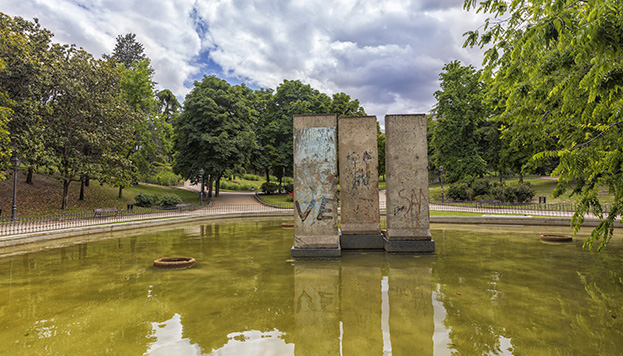
In Madrid, we also have a church devoted to the Germans, although this was not always the case. We are talking about San Antonio de los Alemanes, in Chueca. At the beginning of the 17th century, Felipe III offered the temple and adjacent hospital to Portuguese patients and pilgrims who were passing through Madrid. When the Spanish Crown lost Portugal in 1640, the church stopped receiving Portuguese subjects. In 1688, Mariana of Austria passed it to Catholic Germans who accompanied Mariana de Neoburgo, the wife of her son, Carlos II, to Madrid. Elliptically shaped and decorated with spectacular frescoes, it is one of the best examples of Madrid’s Baroque style.

